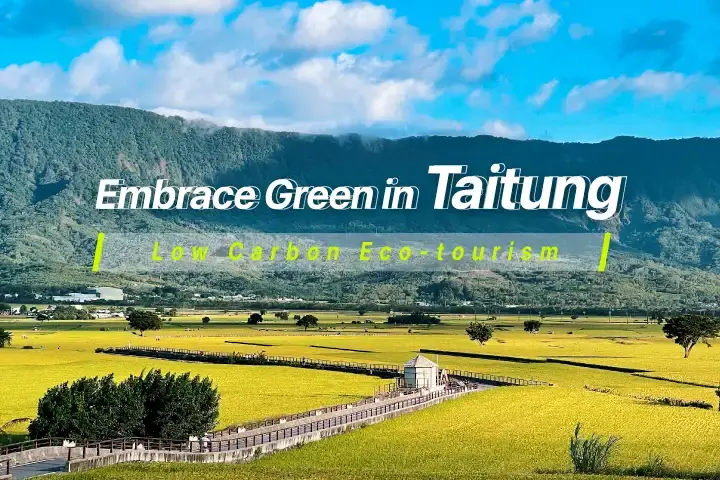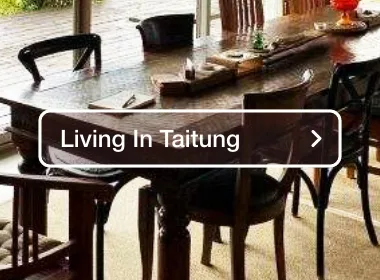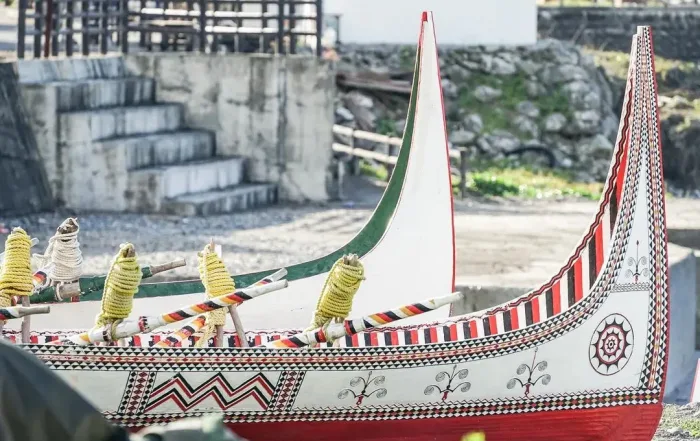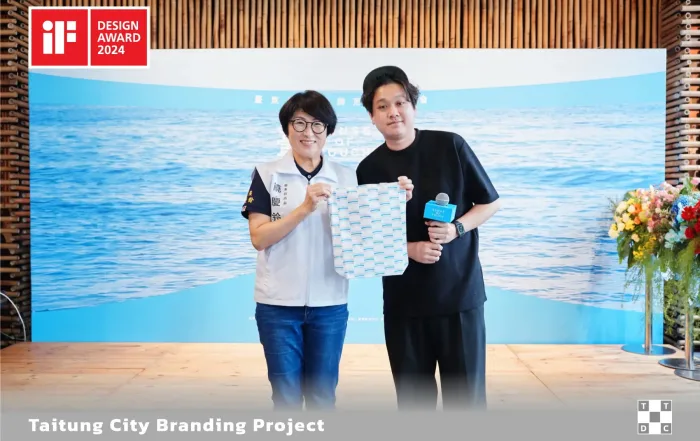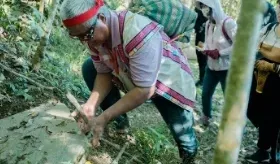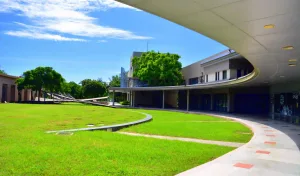Latest Articles
Austronesian Culture: A Fresh Experience from Boat Building to Navigation, Offering a Glimpse into the Profundity of Taitung’s Austronesian Culture.
When discussing the unique charm of Orchid Island in [...]
Sustainable Living: Small Steps, Big Impact: TTPush Promotes Sustainable Development in Taitung
TTPush, launched by the Taitung County Government, is the [...]
Shaping the Urban Brand Charm: “Taitung Slow Wave Project” and “Hakka Expo – Taitung Fair” Awarded the Prestigious iF Design Award from Germany, Showcasing their Excellence on the International Design Stage
The Taitung County Government and the Taitung [...]








